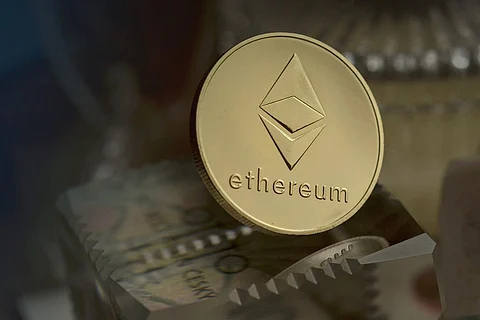

We have launched Cryptogram, an India-focused free weekly newsletter on blockchain tech, global crypto markets, and Web 3.0 technologies which promise to change our future. If you would like to subscribe to this newsletter, click here. You can read our past editions here.
wETH or wrapped Ethereum is the ERC-20 compatible representation of ETH. Simply put, wETH is Ether ‘wrapped’ with the ERC-20 token standard of Ethereum. Now, since wETH essentially has the same value as its underlying Ethereum unit, why exactly do we need wETH in the first place?
At this point, ERC-20 has virtually become the industry standard for any projects based on the Ethereum blockchain, largely owing to its transparency and flexibility. Therefore, most decentralized apps, crypto wallets, and crypto exchanges usually provide native support for all ERC-20 tokens. The problem here is that the ETH token does not completely abide by the ERC-20 token standard, as ETH came much before the ERC-20 technical standard was implemented.
Now, ERC-20 tokens can only be exchanged with other ERC-20 tokens, and that’s why ETH is not tradable with any ERC-20 tokens. The Ethereum network brought about wrapped Ethereum to solve this very issue, so wETH can work to facilitate the trading of ETH and other ERC-20 tokens.
Since wETH is tethered to the price of ETH itself at the ratio of 1:1, the two are basically the same when it comes to value and investment safety. The primary distinction between the two of course lies in their use cases. Much unlike ETH, wETH can not be used to pay Ethereum gas fees. Instead, it can help with investment and staking processes on Ethereum-based decentralized platforms. wETH can also prove useful in crypto lending, NFT trading, and providing liquidity to various liquidity pools, among other things
wETH is created by sending existing ETH tokens into a smart contract, which is programmed to lock said ETH up and create an equivalent amount of wETH tokens in return. The ETH is locked so the wETH generated is supported by a reserve.
wETH can also be unwrapped through a simple procedure: users just have to send their wETH tokens back to a smart contract on the Ethereum blockchain, which will return them an equivalent amount of ETH. The wETH sent back is then burned, so wETH can continue to maintain its peg to ETH.
As WETH.io puts it, the Ethereum blockchain has plans to update Ethereum’s existing codebase and make ETH ERC-20 compliant by itself, and that would do away with the necessity of wETH eventually. However, wrapped Ethereum offers significant services at the moment and provides an invaluable solution to Ethereum’s interoperability issues, and it is certainly not going away anytime soon.
Use promocode TNM51 at www.giottus.com/profile#promo after registration to get Rs.51 worth free Bitcoin.
Disclaimer: This article was authored by Giottus Crypto Exchange as a part of a paid partnership with The News Minute. Crypto-asset or cryptocurrency investments are subject to market risks such as volatility and have no guaranteed returns. Please do your own research before investing and seek independent legal/financial advice if you are unsure about the investments.